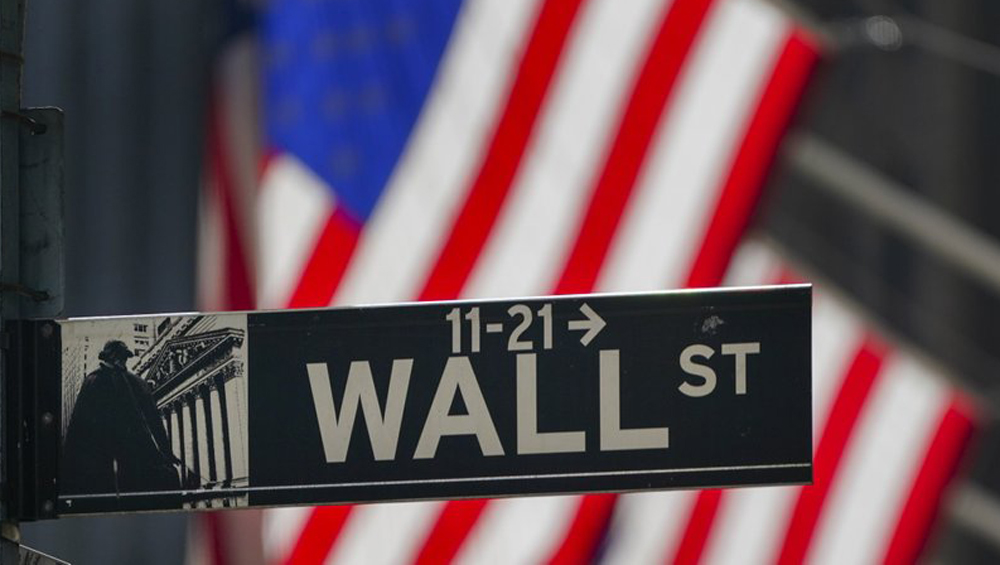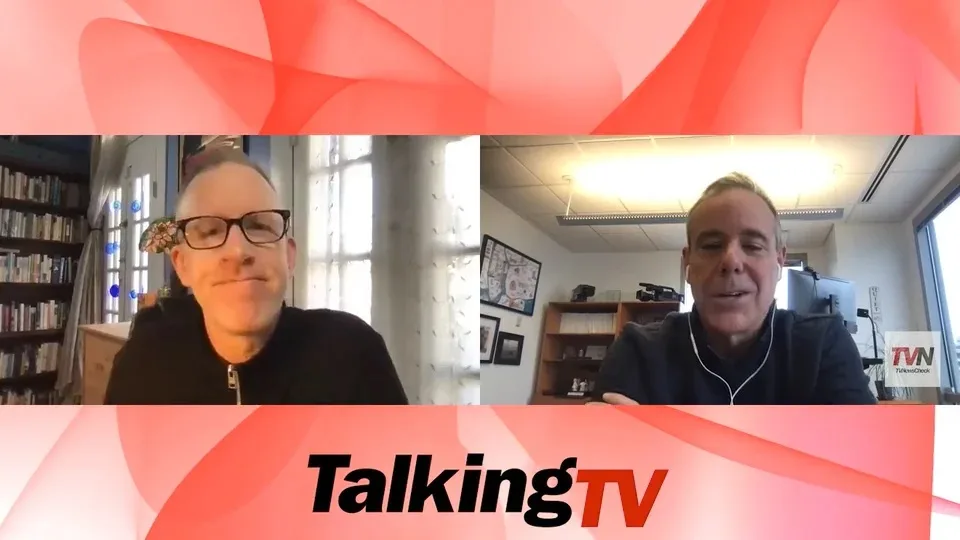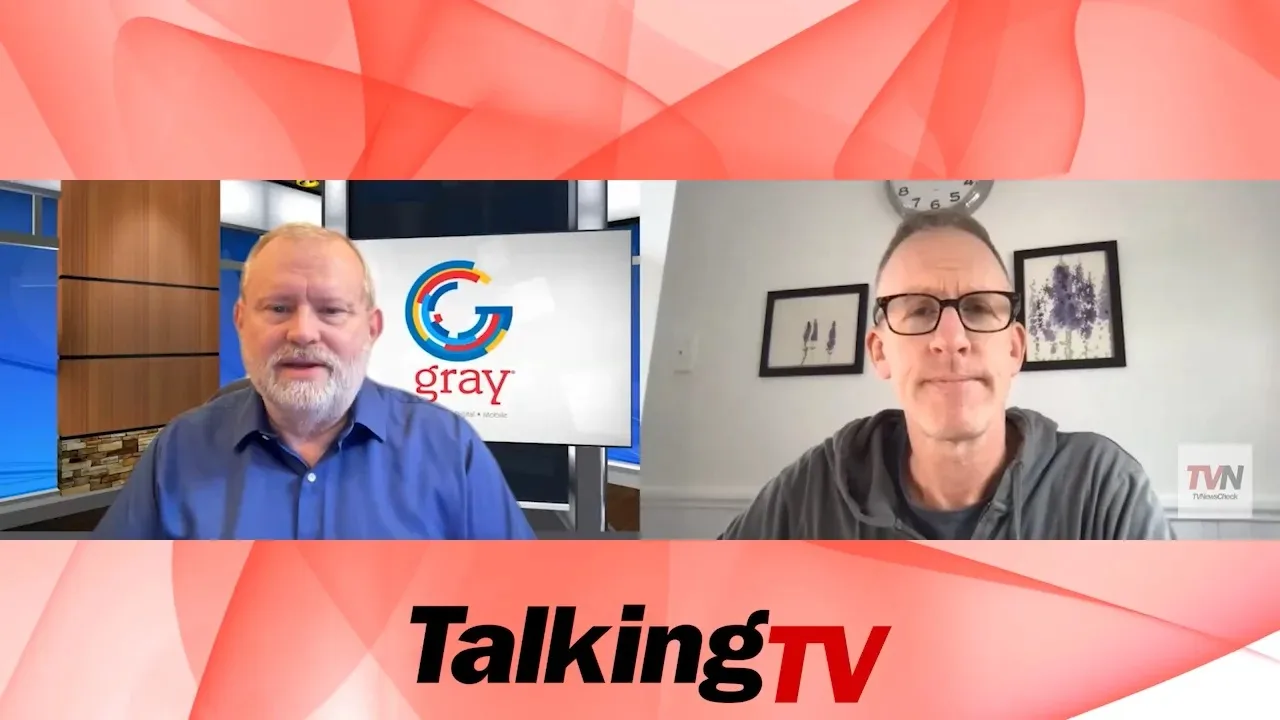
Dow Drops 41, Nasdaq Loses 120, S&P Falls 25

Wall Street gave back some of its recent gains Monday as stocks finished lower ahead of some key reports this week on the job market that might provide more insight into the Federal Reserve’s thinking about interest rates.
The S&P 500 closed 0.5% lower. The benchmark index was coming off its best month in more than a year, and reached its highest level in more than a year on Friday.
The Dow Jones Industrial Average slipped 0.1%, while the Nasdaq composite dropped 0.8%.
Treasury yields rose broadly, putting some pressure on stocks. The yield on the 10-year Treasury, which influences mortgage rates, climbed to 4.25% from 4.21% late Friday.
Technology and communication services companies were the biggest weights on the market. Microsoft fell 1.4%, Nvidia dropped 2.7%, Meta Platforms slid 1.5% and Netflix lost 2.5%.
Alaska Air Group slumped 14.2% after announcing it will buy Hawaiian Airlines in a $1.9 billion deal, including the assumption of debt, a tie-up that would test the Biden administration as it fights consolidation in the airline sector.
Spotify surged 7.5% after announcing its third round of layoffs this year. Uber gained 2.2% after the ride-hailing service was named to join the S&P 500 index.
All told, the S&P 500 fell 24.85 points to 4,569.78. The Dow dropped 41.06 points to 36,204.44, and the Nasdaq gave up 119.54 points to 14,185.49.
Markets ended mixed in Europe and Asia.
U.S. crude oil prices fell 1.4%. Oil prices have been slipping recently, helping ease pressure on inflation.
Wall Street is coming off a solid week and a strong November on hopes that inflation is easing enough to allow the Federal Reserve to stop raising interest rates. Investors are also hoping that the economy remains strong enough to avoid a recession.
Investors will get several key updates on the economy this week, including reports on the services sector and the jobs market.
The Institute for Supply Management will release its November report on the services sector on Tuesday. The sector is a key component in the U.S. economy and accounts for the majority of the nation’s jobs. The report could provide more insight into consumer spending and the jobs market.
Wall Street will get several reports this week that focus on the broader employment picture in the U.S. The government will release its October update on job openings on Tuesday and a weekly report on applications for unemployment benefits on Thursday.
Investors will be closely watching the government’s monthly jobs report for November, which is on Friday. Analysts polled by FactSet expect U.S. employers to have added 175,000 jobs last month. They forecast that the unemployment rate remained steady at 3.9%.
The labor market has remained strong in the U.S. even as the Fed has raised interest rates sharply in order to fight inflation by slowing the entire economy. Inflation has been falling since the middle of 2022. The central bank paused raising rates after its most recent increase in late July.
Wall Street expects rates to remain steady into early 2024, when the Fed could begin cutting interest rates back from their highest level in two decades. The Fed’s next decision on rates will follow the close of their next two-day meeting on Dec. 13.
“We’re expecting to have a quiet, or at least a consensus outcome, from the Federal Reserve meeting and therefore the trends that are in place are likely to have more likelihood to continue,” said Bill Northey, senior investment director at U.S. Bank Wealth Management.































Comments (0)